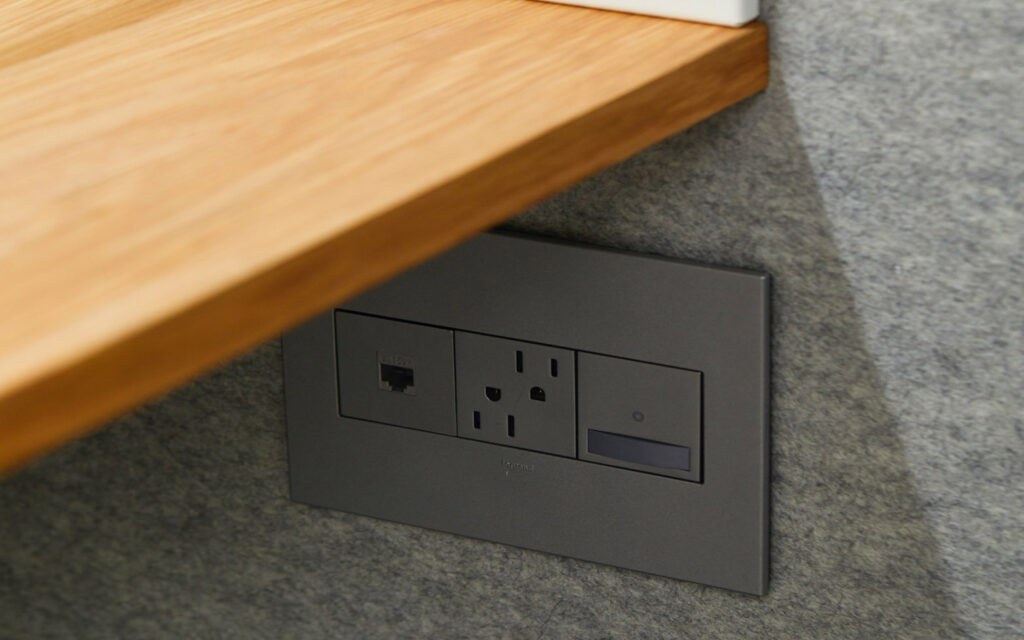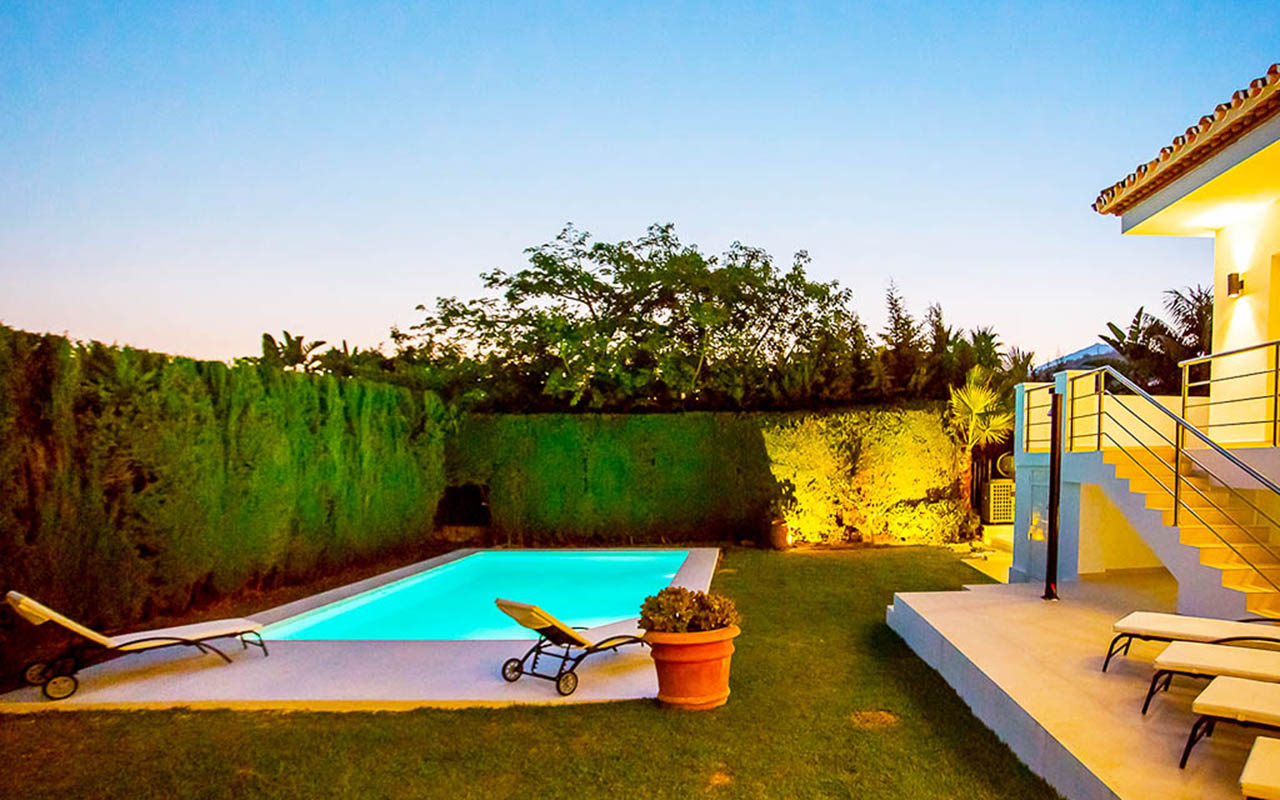When escaping the heat of the summer sun you may be tempted to blast the air conditioner and lay low to stay cool. However, the excessive use of electricity in doing this is neither good for the environment, nor for your power bill.
But there are some very simple and sustainable cooling techniques that can help keep your house cool without needing to switch on the aircon. These techniques can be categorised into the following three categories.
Passive cooling techniques
These are simple ideas to help cool spaces without using air conditioning. The general message is block out the sun and heat in the day when the air is hot, and open up to allow cool air to naturally refresh your home overnight. Primarily, this includes: –
- Close blinds and windows in the daytime and only open then when the air is cool. Of course, external blinds that stop the sun from heating windows completely will work better- as well as other shades, awning and vegetation that keep the sun off completely. This is especially important in west windows, and south if you are in the northern hemisphere. It also helps to fix cracks and openings to avoid the heat coming in through those crevices.
- If you are looking to plan a few months ahead, planting deciduous vegetation provides shade in summer and still allows the sun to enter in winter. Improving insulation and tinting windows with relfective or heat shielding film can also help to keep some sun and warmth out if shutting the blinds is not on the cards for you, as well as custom built solar shades that allow light (but not eyes and heat) to get in, as well as improving your insulation. Insulation also help keep the warmth in when it´s cool so it gets double points!
- If there is airflow, you can harness it by opening windows but leaving your blinds or curtains closed, and using a spray bottle to spray water mist on them. The air flows through the moisture and can naturally cool your home.
- Similarly, you can take a hint from old Spanish practices and use floor fans with a damp cloth over the fan, or a box of ice in front of it, that acts as a natural air conditioner. The air running over a pool into your home in the evening will help cool in a similar way.
- Most importantly, open up windows when the air cools down in the evening or if there is a nice cool breeze to allow it to naturally ventilate and refresh the space. Cross ventilation, that is having open windows in doors on various angles in each space, is key in both design and functionality to allow this to work best. You can use oscillating fans or roof fans (preferably counter clockwise) to help with the airflow. It also helps to keep internal doors open to help the air to circulate throughout.

The key message, however, is to harness that lovely cooling evening air however you can. Not only does it help you cool down, but it is also very relaxing. Better still, cook and hang outside to enjoy that lovely time of day to making evening life that much more enjoyable.
Plan use of electrical appliances
There are also clever little ways to manage electricity to help reduce warmth in your home. For example, minimise activated power sockets by unplugging appliances when they are not in use, thereby avoiding the cumulative warming effect too. To make it easier, you can use power boards to switch various items off with one switch.
Similarly, replace all incandescent light globes that give off a lot of heat, with more energy efficient versions that do not. Obviously, you can also reduce heat by using heating electro domestic appliances like ovens, dishwashers and dryers in the evening when it´s cooler too (as an added bonus, this also tends to be when electricity is cheaper too). Or as mentioned above, cook outside to avoid the heat from cooking raising the temperature inside your home.

Clever use of colours, plants and gardens
Once again, if we are going back to the design and architecture stage it is a great idea to use light coloured and low maintenance external materials that reflect rather than absorb the heat, as well as avoiding west windows and excess amounts of glass.
Another way to keep your home cool is to include various indoor plants that help to remove warm air and replace it with fresh oxygen. Some people also suggest that composting your garden twice yearly in autumn and spring keeps your soil temperature down therefore reducing warmth in your home. This seems a bit far fetched- but it can only help your garden and those lovely shading vegetation that you will plant!
As you can see there are plenty of natural ways to help keep your home cool. If you are planning ahead and thinking of doing building works for the future, we´d love to hear from you to see how we can help you.
